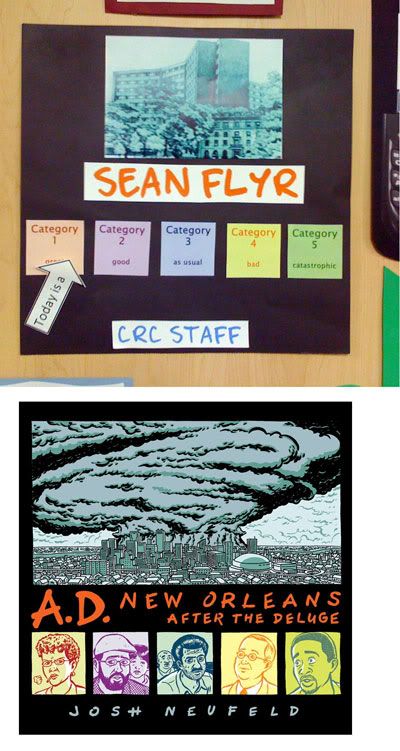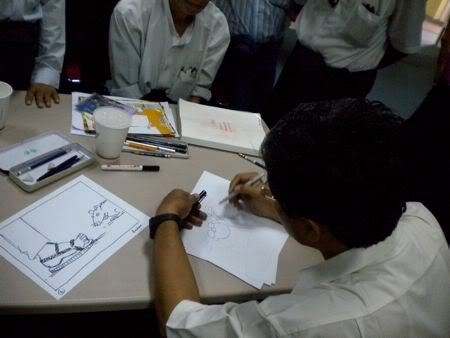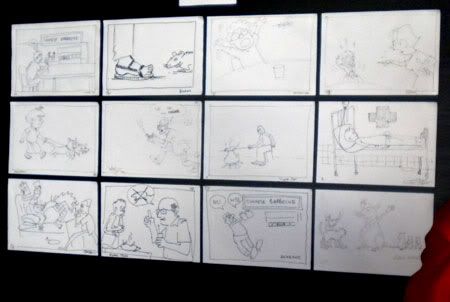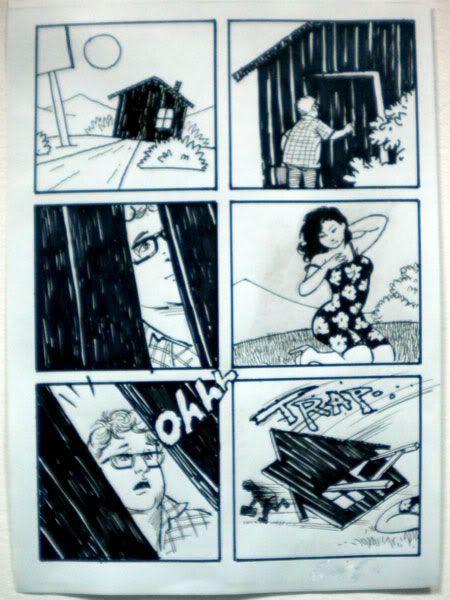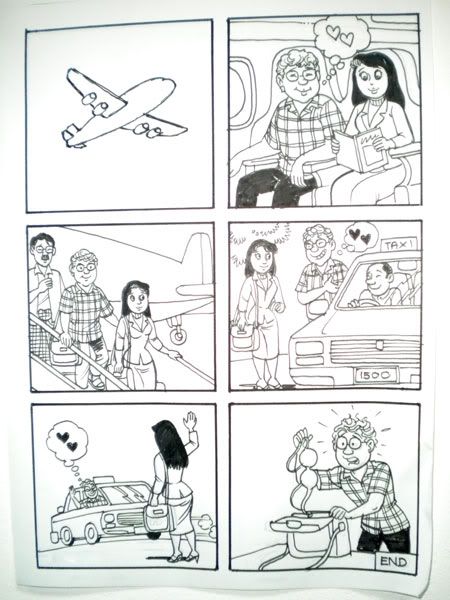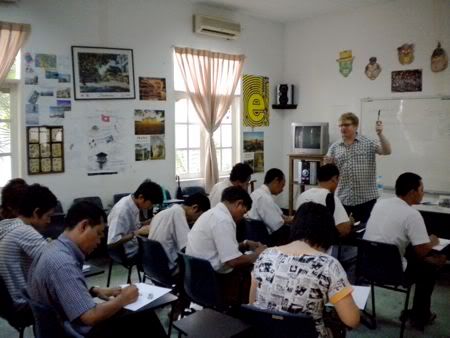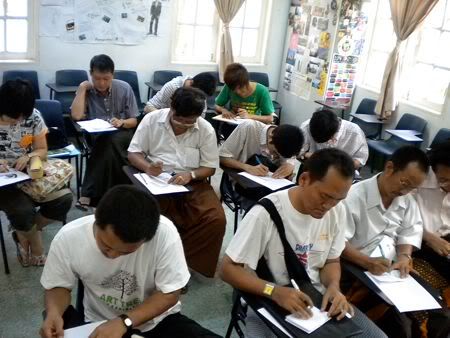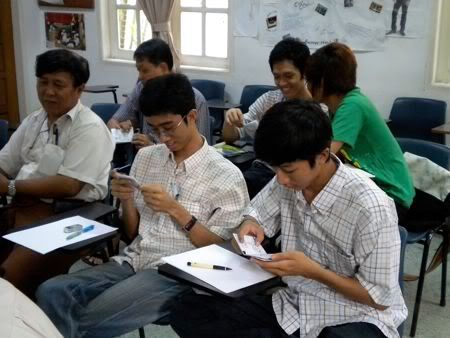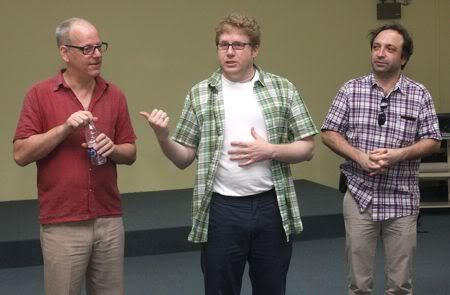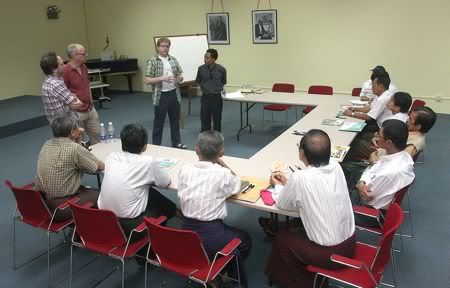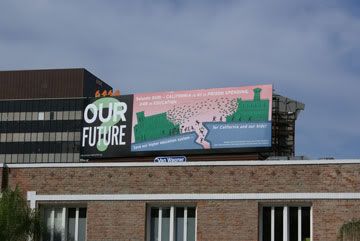The A.D./Univ. of Wisconsin-Madison Common Read program day went better than I could have ever expected.
After a causal breakfast at Chadbourne‘s well-appointed cafeteria Rheta’s, with members of the CRC Leadership Team, I had a little free time to walk around the campus a bit. Then it was back to the CRC cafeteria for lunch with some of my student hosts, as well as the awesome faculty director Caton Roberts. Caton explained that earlier in the school year, during Convocation, a grad student from Chicago delivered a nuanced and complex presentation on A.D. and its place in the realm of art created in the wake of trauma. (This bit of news was just another salvo in the whole visit’s continuing theme of blowing my mind that little ol’ me and my funny book were being given this sort of official academic acceptance…)
After another little break, I returned to Chadbourne to deliver a "slideshow" presentation on my evolution as a cartoonist, with the culmination of course being Hurricane Katrina and A.D. The talk was part of the CRC’s "What Matters to Me and Why" series, and quite a few people showed up — something in the realm of 75 students and staff. Then it was time fo the Common Read dinner, where hundreds of students sat around big tables and discussed the book and their reactions to it. As "guest of honor," I was ushered around, spending a few minutes with the students at each table, answering questions and so forth.
Finally, after scarfing down my own dinner, I took my place at a signing table, where a long line of kids queued up for autographs and sketches. I really enjoyed meeting the kids and talking to them. (It’s only been during this past year, as I’ve done a number of college presentations and events, that I finally feel "wise" enough to speak to students from the perspective of an "older person." I realize that I do have two decades’ worth of life experience to share — and for the most part they are interested to hear it.) Amazingly (to me), most of the students had no prior experience with comics, let alone graphic novels, but they seemed to really connect with A.D. and its stories of real people confronting disaster on such an epic scale. Hopefully, this experience helped to create a few new lifelong comics fans.
I am so grateful to CRC staff Caton Roberts, Sean Flyr, and Tonya Trabant for making this event happen, and for supporting graphic novels in the academic arena. (Plus, they’re three of the most warm and genuine people I’ve met in a long time!)


